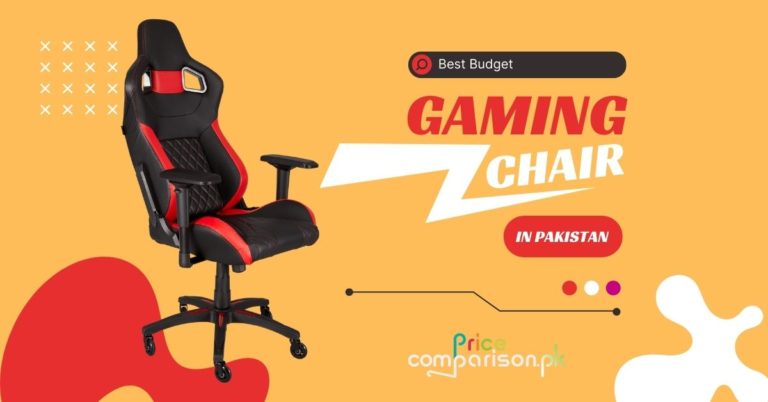History of E-commerce in Pakistan
What is the History of Ecommerce in Pakistan? Who first started Ecommerce in Pakistan? This article is full of these types of interesting information.
In 2001, the first online marketplace/Ecommerce opened in Pakistan.
Due to the restriction on PayPal in Pakistan, online retailers and service providers were forced to accept only cash on delivery and bank transfers.
Before going on let’s get know to what is eCommerce.
What is Ecommerce?

Any commercial transaction that involves the transmission of data via the Internet is referred to as “e-commerce” or “web-based business.”
It includes a broad range of commercial activities that make use of the Internet as a platform for the exchange of information, money, or both.
It plays a role in our daily lives, for instance, when traders and customers use online payment systems to conduct commerce.
As a result of technological developments, nowadays anyone can sell or buy almost anything online.
Carefully allowed economic transactions between individuals and organizations are the focus here.
Who created the first online store?
Michael Aldrich was a British entrepreneur, inventor, and developer who lived from August 22, 1941, to May 19, 2014.
In 1979, he developed the concept of online purchasing, which eventually became known as electronic commerce (or simply “e-commerce”).
To facilitate the electronic processing of financial transactions between buyers and sellers or between retailers themselves.
The market of E-commerce in Pakistan

The Pakistani eCommerce market grew at a rate of 45% in 2021, adding to the 15% overseas markets.
Internet-based product sales around the world, including in Pakistan, are expected to grow in the next years.
Growth around the world will increase over the coming years as new markets develop.
This progress will be driven by the increasing middle class and insufficient online infrastructure in East and Southeast Asia.
Over the period from 2021 to 2025, Pakistan is projected to expand at a rate of 7% annually, which is higher than the average global growth rate of 6%.
Now let’s just read the History of Ecommerce in Pakistan.
History of Ecommerce in Pakistan
The online eCommerce industry in Pakistan has been operational for almost 18 years.
Although Felicity, the first e-commerce website, has since closed, other leading sites like Sophie (2005), Symbios (2006), and Home Shopping (2008) are still going strong.
While all of these online sellers are still active and meeting the needs of their customers today, none of them have become the domestic successes that companies like Flipkart and Coupgan have.
The year 2012 marked Rocket Internet’s public debut in the Pakistani market. The three companies, Azmalo, Daraz, and FoodPanda, were all released within the first six months.
Within its first two months of operation, Azmalo failed. It was reborn as a drop-shipping site, and it finally became known as Kaymu.
After that, Daraz bought Kaymu in 2016. Daraz, which mainly specializes in fashion, shifted to a generally managed marketplace in the early years of 2015 and was eventually purchased by Alibaba in the summer of 2018.
Afterward, they started up five more businesses, all of which failed.
OLX, the oldest foreign entry, launched in 2010 and is still active today. Careem and Uber were two other major international start-ups in 2015 and 2016, respectively.
Bike controls the Pakistani journey market, while smaller firms like Cheetay in Lahore also exist.
Rozee.pk, which began as a side project of Naseeb Networks in 2006, and Zameen.com, Pakistan’s leading property classified player.
Both started operation around the same time in 2007. PakWheels, on the other hand, has been around since 2003 when it was launched as a message board for local car lovers.
What This Means, Ultimately
Although the general eCommerce in the Pakistani market has multiplied in the past year, many of the large retail online shopping adventures will have grown.
Because of current circumstances or higher themselves, we believe that their growth rate may have been more like 5-10x per annum had they attended to their satisfaction challenges long in advance.
This growth would have been achievable if there was a higher level of trust in the retail market as a whole and in customer loyalty.







